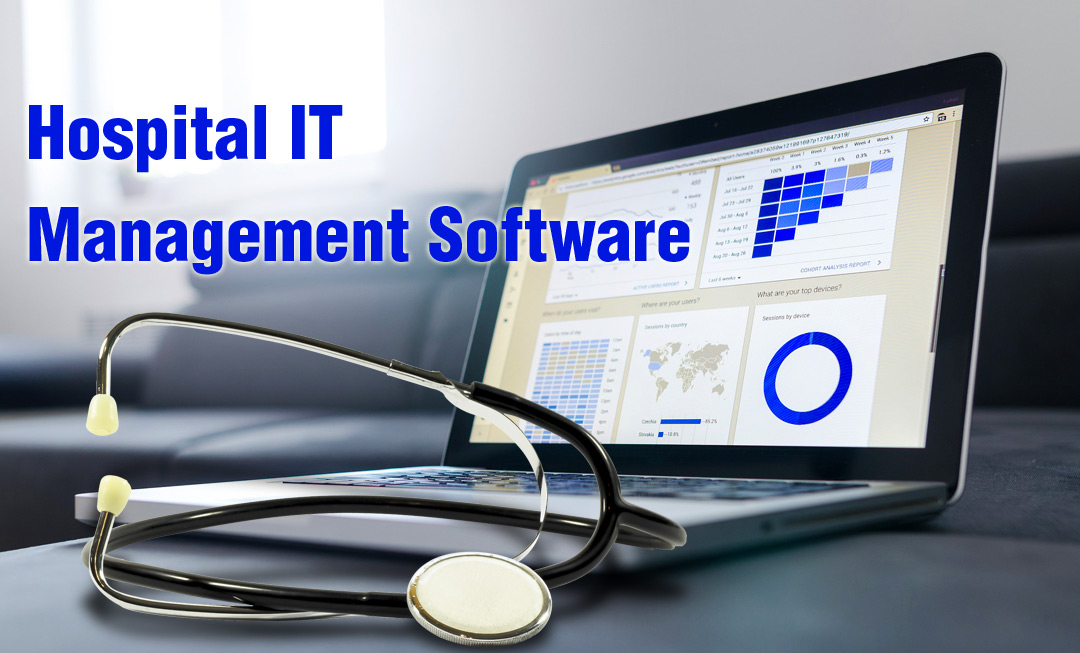
In today’s healthcare industry, efficiency is key to keeping both patients and facilities happy. The more streamlined your processes are, the better it is for everyone involved. From check-in to discharge, a hospital IT management system streamlines your workflow to ensure that every employee has the information they need when they need it. A good HIMS will not only make the processes easier, but also increase the accuracy of documentation and monitoring of everything from supplies and equipment to patient charts and records. This blog will serve as an introduction to the various hospital IT management solutions out there and how they can help streamline your processes while keeping you compliant with government regulations.